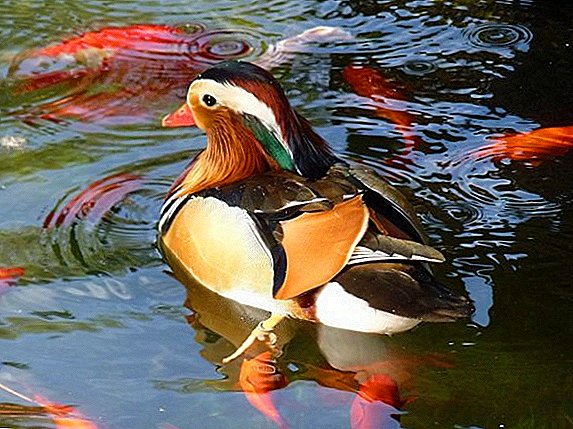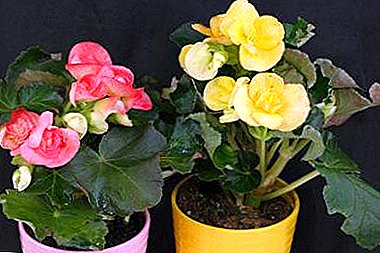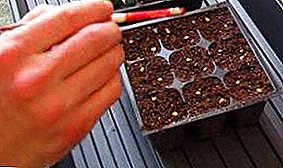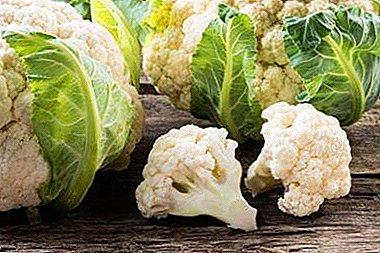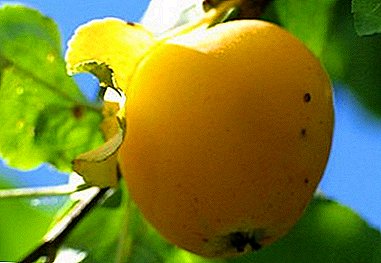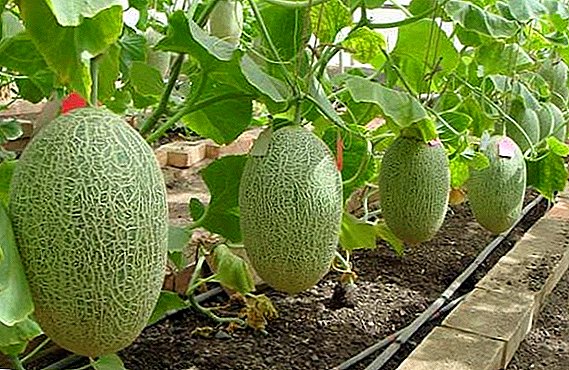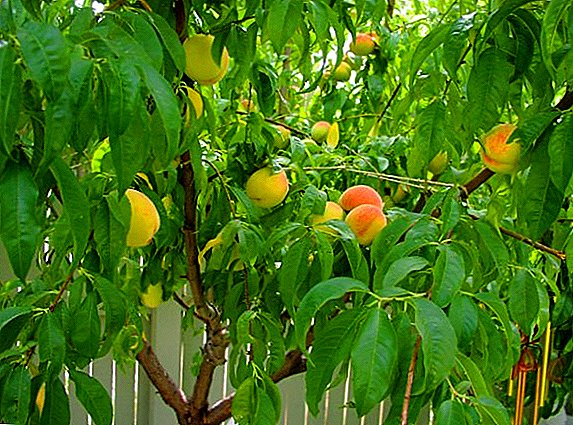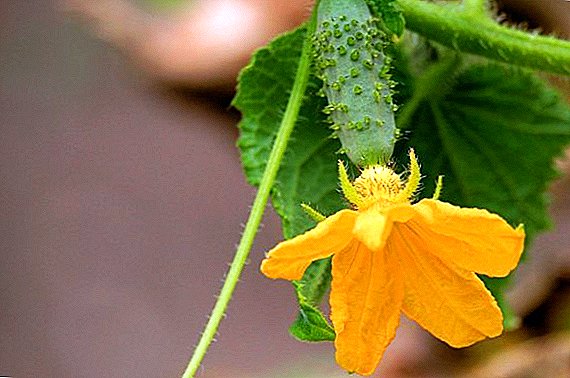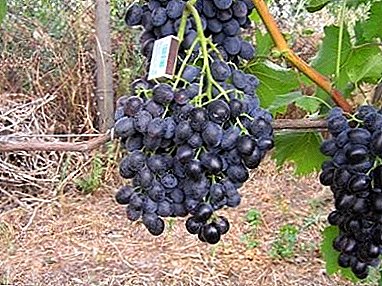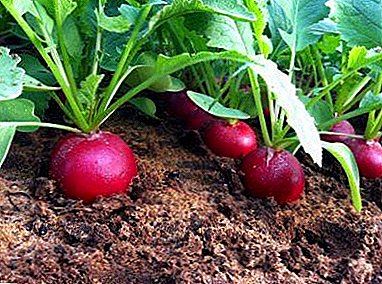
Being an early vegetable, three weeks after the emergence of the seedlings, the radish has already ripened. The main task for the gardener at this time is to do everything possible so that the root crop does not disappoint with its size and taste. And for this, in turn, you need to know what nutrients radish loves and when it needs to be fed. Harvest radish from open ground can be harvested in mid-May, and from the greenhouse - throughout the year.
Root crops of this plant contain valuable enzymes, fiber, fats, organic compounds, as well as proteins, necessary for health, salts of calcium, sodium, iron, phosphorus. Because greenhouse sowing can not be called a useful thing.
The value of timely fertilization
In order to make the dressing as effective as possible, it is recommended to carefully study each of its stages and the time of their implementation. Observing all the rules, you will clearly know what fertilizers and when you can use, as well as their impact on the development of the plant.
In order to obtain the earliest radish should be grown roots in greenhouses or greenhouses. Because of their simplicity, radishes can be grown without much difficulty on open ground, in a greenhouse, and even on a windowsill in small containers. Many gardeners, in order to quickly obtain juicy root crops, are interested in the need to feed radish in greenhouse conditions.
Top dressing in the greenhouse and in an open ground
For, To get a harvest all year round, grow radishes in a greenhouse. And taking care of the soil and fertilizer, you also get juicy and large fruits. The soil should be loose and hygroscopic, because radish loves moisture. If the soil does not have these indicators, it is necessary to drain wood ash. Radish will be large and tasty when the content of humus in the soil. Useful and nutrients in the soil will be more if you make it potassium phosphate fertilizers.
 Radish will be painful if the soil is acidic. To remedy this situation, it is necessary to add compost to the soil in advance. A few days before sowing, add mineral fertilizers so that the soil has time to absorb the beneficial trace elements. The process of caring for radishes in the greenhouse will seem difficult, but as a result, you will not regret having a year-round harvest of large fruits.
Radish will be painful if the soil is acidic. To remedy this situation, it is necessary to add compost to the soil in advance. A few days before sowing, add mineral fertilizers so that the soil has time to absorb the beneficial trace elements. The process of caring for radishes in the greenhouse will seem difficult, but as a result, you will not regret having a year-round harvest of large fruits.
It is much easier to grow radishes in the open ground.. Just need to remember some of the nuances:
- If the soil is poor, it is necessary to feed the plant 2 times, and if the soil is fertile - 1 time.
- The introduction of a large amount of nitrogen fertilizer is not recommended, otherwise the growth will not go to the root crop, but to the foliage, and the plant will overflow with nitrates.
To get a tasty, juicy fruit without harmful substances, we advise you to refer to the following fertilizer recipe.
Fertilizer is necessary only when digging the site.
- humus: 2kg / m2;
- potassium fertilizer: 15g / m2;
- compost: 1kg / m2;
- superphosphate: 15g / m2;
- ash: 1l / m2;
- saltpeter: 10g / m2.
Thus, feeding radish in the open field does not require you extra hassle. But it will not give a year-round harvest as when grown and fed in a greenhouse. Therefore, the choice of conditions for growing radish depends on your preferences.
Top dressing after emergence of shoots and already adult plants
It is worth thinking about feeding radish in advance, even at the stage of soil preparation. On the plot of the calculation of 1m² of soil must be implemented:
- superphosphate 50g;
- potassium salt 15g;
- humus 0.5 buckets.
After feeding, it is recommended to treat the soil with a rake.
In spring, the first shoots of radish should be fed to the purpose of rapid growth.. To do this, on top of the slightly dug up soil, you need to make a calculation of 1 m²:
- compost or humus 5kg;
- double superphosphate 40g;
- wood ash 1st.
- urea 10g.
 An adult radish needs additional feeding more often if it is not fed during planting. The decision to feed can be taken, given the external state of the plant. Pale leaves need nitrogen fertilization: in 10 liters of water dissolve 1 teaspoon of nitrogen. As a result, the leaves of the plant come to life, and the radish will be able to restore photosynthesis. If the leaves grow too vigorously, and the roots are delayed in development, the plant must be fed with potassium and phosphorus: 40 g of superphosphate, 20 g of sulfuric acid, 1 st. ash on 10l of water.
An adult radish needs additional feeding more often if it is not fed during planting. The decision to feed can be taken, given the external state of the plant. Pale leaves need nitrogen fertilization: in 10 liters of water dissolve 1 teaspoon of nitrogen. As a result, the leaves of the plant come to life, and the radish will be able to restore photosynthesis. If the leaves grow too vigorously, and the roots are delayed in development, the plant must be fed with potassium and phosphorus: 40 g of superphosphate, 20 g of sulfuric acid, 1 st. ash on 10l of water.
In this way, feeding of an adult plant is necessary only if you have not fed it at the stage of emergence. However, even if top dressing was carried out in advance, you should not forget to follow the appearance of radish from time to time. And, accordingly, feeding the seedlings will considerably simplify the task of further care of the plant. The main advantage will be the rapid ripening of fruits.
What and how to fertilize radishes?
Despite the unpretentiousness of radish, this is not enough concern. If you want to get a fertile harvest, you need to pay attention to the growth rate and the external state of the root.
Shop Tools
If the growth of radish is slow, and the leaves are pale green and unsaturated color, this suggests that the plant needs feeding. Perfect fit:
- Ammophos;
- "Crystal".
Ammophos is used on low phosphorus land. It has the ability to increase plant resistance to diseases and adverse environmental factors. Effectively manifests itself in the process of fertilizer in the autumn and in the spring and summer as a top dressing. Application on all types of soils, including on the protected ground is possible.
"Crystal" is also widely distributed, but it is more expensive due to the content in itself of a complex of necessary trace elements for feeding all types of crops. Suitable for both open and closed ground.
Preparation of the solution:
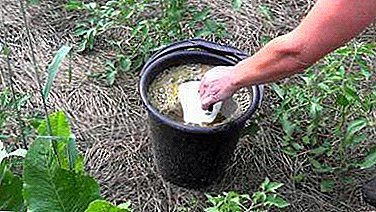 1 teaspoon of one of these drugs;
1 teaspoon of one of these drugs;- dilute with 10 liters of water.
The resulting solution is distributed at the rate of 3 liters per 1 sq. M. In Moscow, Ammophos can be purchased at almost any store of goods for the garden and garden at a price of no more than 65 rubles per kg. In St. Petersburg, prices for 1 kg vary from 70 to 85 rubles.
You can buy a package of 0.8 kg of “Crystal” for up to 300 rubles.. And in St. Petersburg for the same package you need to pay an average of 400 rubles.
Self-made funds
The following recipe feeding can be prepared independently. It will allow the fetus to get rid of harmful substances, to become tasty and juicy. Before entering the plot, it is necessary to slightly loosen the soil.
- ash: 1l / m2;
- humus: 2kg / m2;
- compost: 1kg / m2;
- water 10l / m2.
By taking all the measures described, you guarantee yourself a quick harvest of a rich harvest. Fruits store well, spreading them in plastic bags and placing in a cool place.


 1 teaspoon of one of these drugs;
1 teaspoon of one of these drugs;